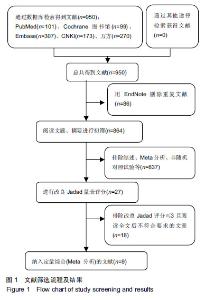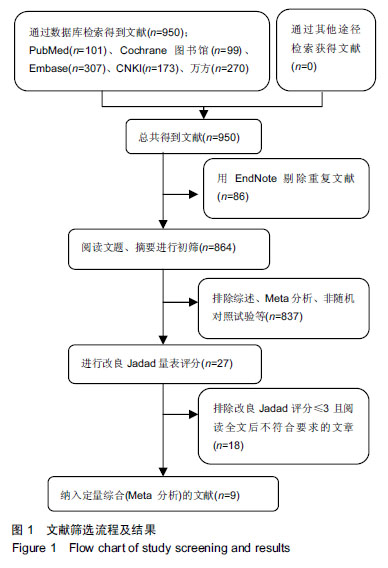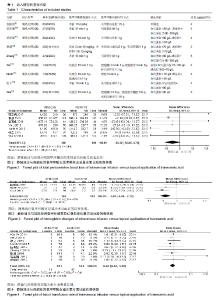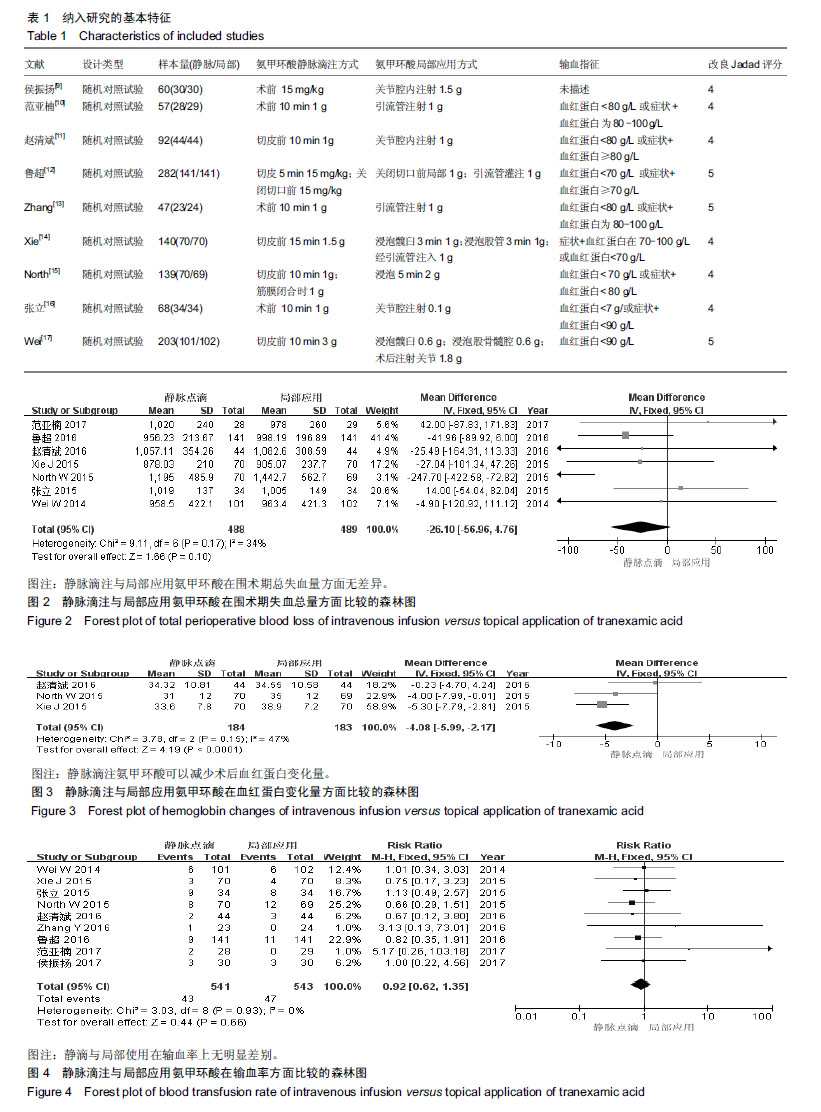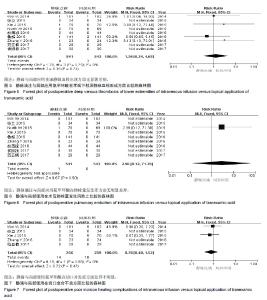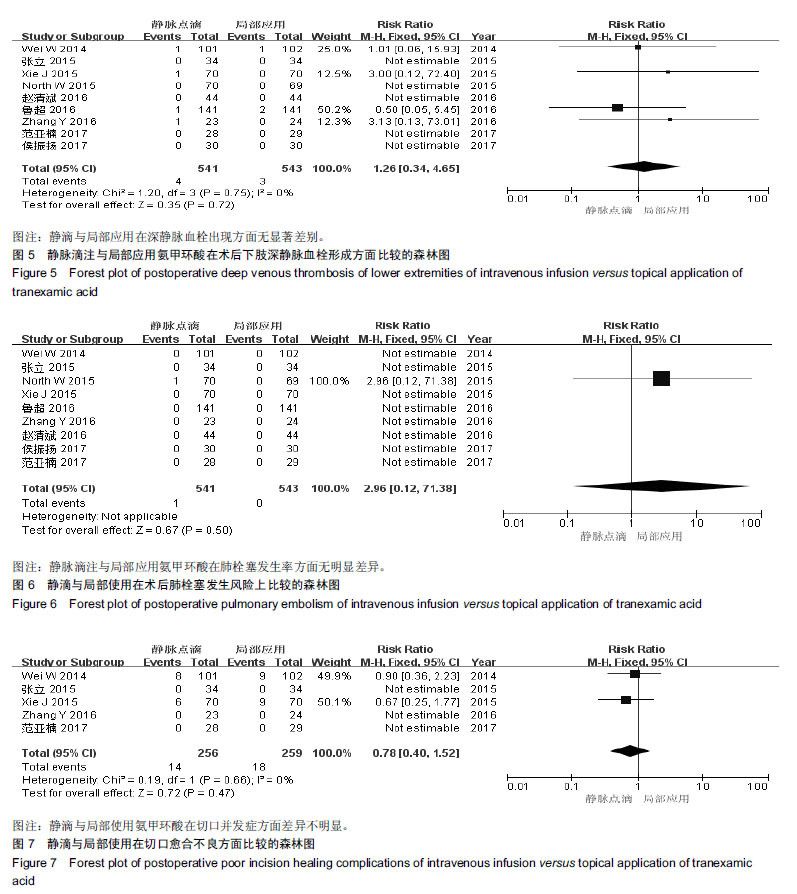| [1]Klugarova J, Klugar M, Mareckova J, et al. The effectiveness of inpatient physical therapy compared to outpatient physical therapy in older adults after total hip replacement in the post-discharge period: a systematic review. JBI Database System Rev Implement Rep. 2016;14(1):174-209. [2]Bruce W, Campbell D, Daly D, et al. Practical recommendations for patient blood management and the reduction of perioperative transfusion in joint replacement surgery. ANZ J Surg. 2013;83(4): 222-229.[3]Melvin JS, Stryker LS, Sierra RJ. Tranexamic acid in hip and knee arthroplasty. J Am Acad Orthop Surg. 2015;23(12):732-740.[4]Peng Z, Jifeng L, Xiao W. Combined versus single application of tranexamic acid in total knee and hip arthroplasty: A meta-analysis of randomized controlled trials. Int J Surg (London, England). 2017;43:171-180.[5]Ueno M, Sonohata M, Fukumori N, et al. Comparison between topical and intravenous administration of tranexamic acid in primary total hip arthroplasty. J Orthop Sci. 2016;21(1):44-47.[6]DiBlasi JF, Smith RP, Garavaglia J, et al. Comparing cost, efficacy, and safety of intravenous and topical tranexamic acid in total hip and knee arthroplasty. Am J Orthop (Belle Mead, NJ). 2016;45(7): 439-443.[7]Jadad AR, Moore RA, Carroll D, et al. Assessing the quality of reports of randomized clinical trials: is blinding necessary? Control Clin Trials. 1996;17(1):1-12.[8]Higgins JPT, Green S. Cochrane Handbook for Systematic Reviews of Interventions Version 5.0.1. 2008.[9]侯振扬,孙义玲,庞涛,等. 氨甲环酸两种不同用药方式对全髋关节置换围手术期失血量的影响:前瞻性、开放性、随机对照临床试验[J]. 中国组织工程研究,2017,21(15):2314-2319.[10]范亚楠,温阳阳,张蕾蕾,等. 不同途径应用氨甲环酸对初次全髋关节置换术患者有效性及近期安全性研究[J]. 中国医药导报,2017,14(21): 97-100,116.[11]赵清斌,任姜栋,张晓岗,等. 氨甲环酸静脉或局部及联合应用初次单侧全髋关节置换:围置换期出血及输血率的比较[J]. 中国组织工程研究,2016,20(4):459-464.[12]鲁超,郭浩,郝阳泉,等. 多途径应用氨甲环酸降低全髋关节置换术围术期失血的前瞻性随机对照研究[J]. 中华骨与关节外科杂志, 2016, 9(2):140-144.[13]Zhang Y, Zhang L, Ma X, et al. What is the optimal approach for tranexamic acid application in patients with unilateral total hip arthroplasty? Der Orthopade. 2016;45(7):616-621.[14]Xie J, Ma J, Yue C, et al. Combined use of intravenous and topical tranexamic acid following cementless total hip arthroplasty: a randomised clinical trial. Hip Int. 2016;26(1):36-42.[15]North WT, Mehran N, Davis JJ, et al. Topical vs intravenous tranexamic acid in primary total hip arthroplasty: a double-blind, randomized controlled trial. J Arthroplasty. 2016;31(5):1022-1026.[16]张立,王代荣,赵国平,等. 氨甲环酸静脉联合局部应用在全髋关节置换术中的疗效评价[J]. 实用医学杂志, 2015,31(20):3358-3360.[17]Wei W, Wei B. Comparison of topical and intravenous tranexamic acid on blood loss and transfusion rates in total hip arthroplasty. J Arthroplasty. 2014;29(11):2113-2116.[18]Boyle JA, Soric MM. Impact of tranexamic acid in total knee and total hip replacement. J Pharm Pract. 2017;30(1):89-93.[19]McCormack PL. Tranexamic acid: a review of its use in the treatment of hyperfibrinolysis. Drugs. 2012;72(5):585-617.[20]Zhang P, Liang Y, Chen P, et al. Combined application versus topical and intravenous application of tranexamic acid following primary total hip arthroplasty: a meta-analysis. BMC Musculoskelet Disord. 2017;18(1):90.[21]Imai N, Dohmae Y, Suda K, et al. Tranexamic Acid for Reduction of Blood Loss During Total Hip Arthroplasty. J Arthroplasty. 2012; 27(10):1838-1843.[22]Gillette BP, DeSimone LJ, Trousdale RT, et al. Low risk of thromboembolic complications with tranexamic acid after primary total hip and knee arthroplasty. Clin Orthop Relat Res.2013;471(1): 150-154.[23]Irisson E, Hemon Y, Pauly V, et al. Tranexamic acid reduces blood loss and financial cost in primary total hip and knee replacement surgery. Orthop Traumatol Surg Res. 2012;98(5):477-483. |
